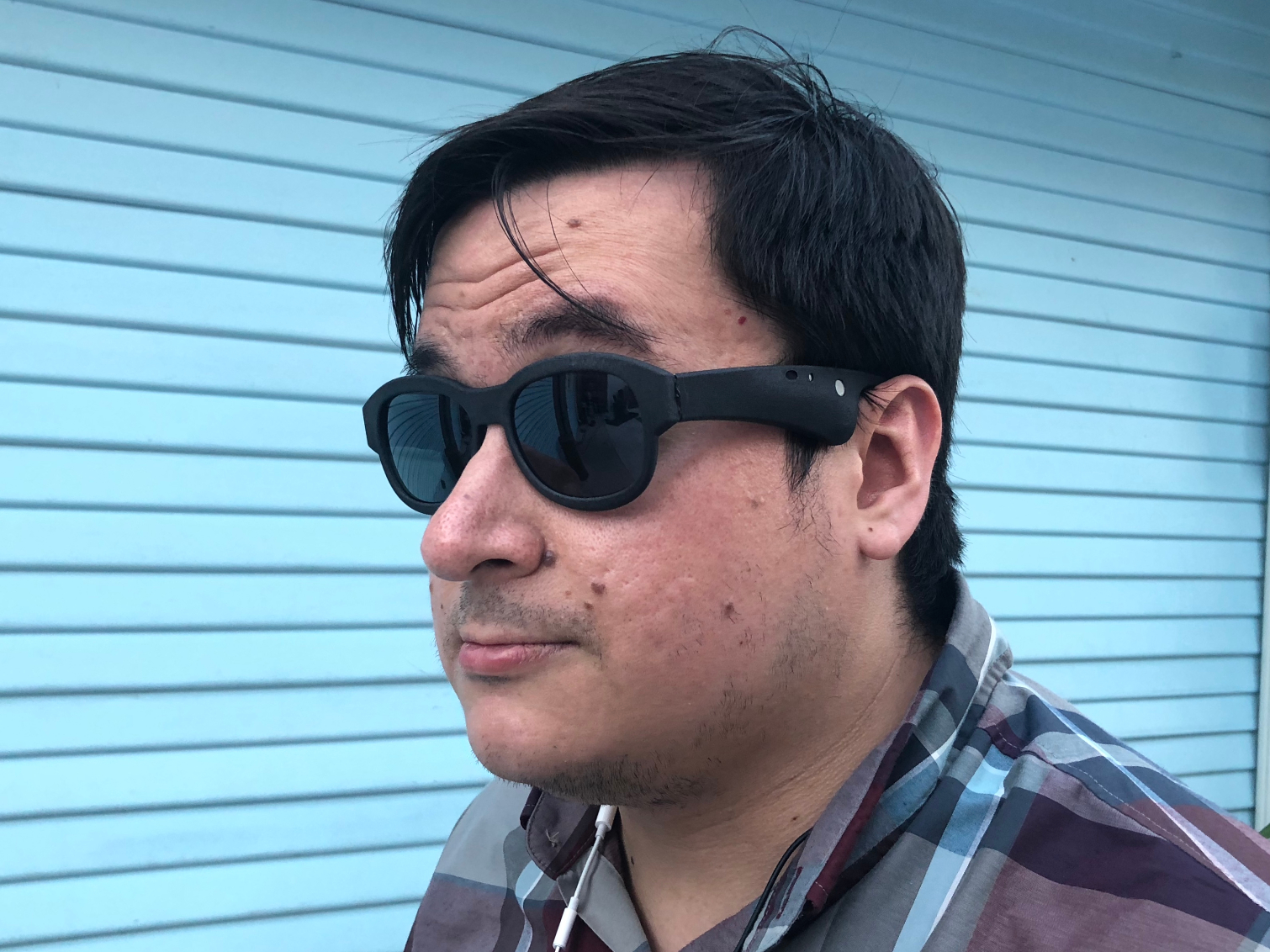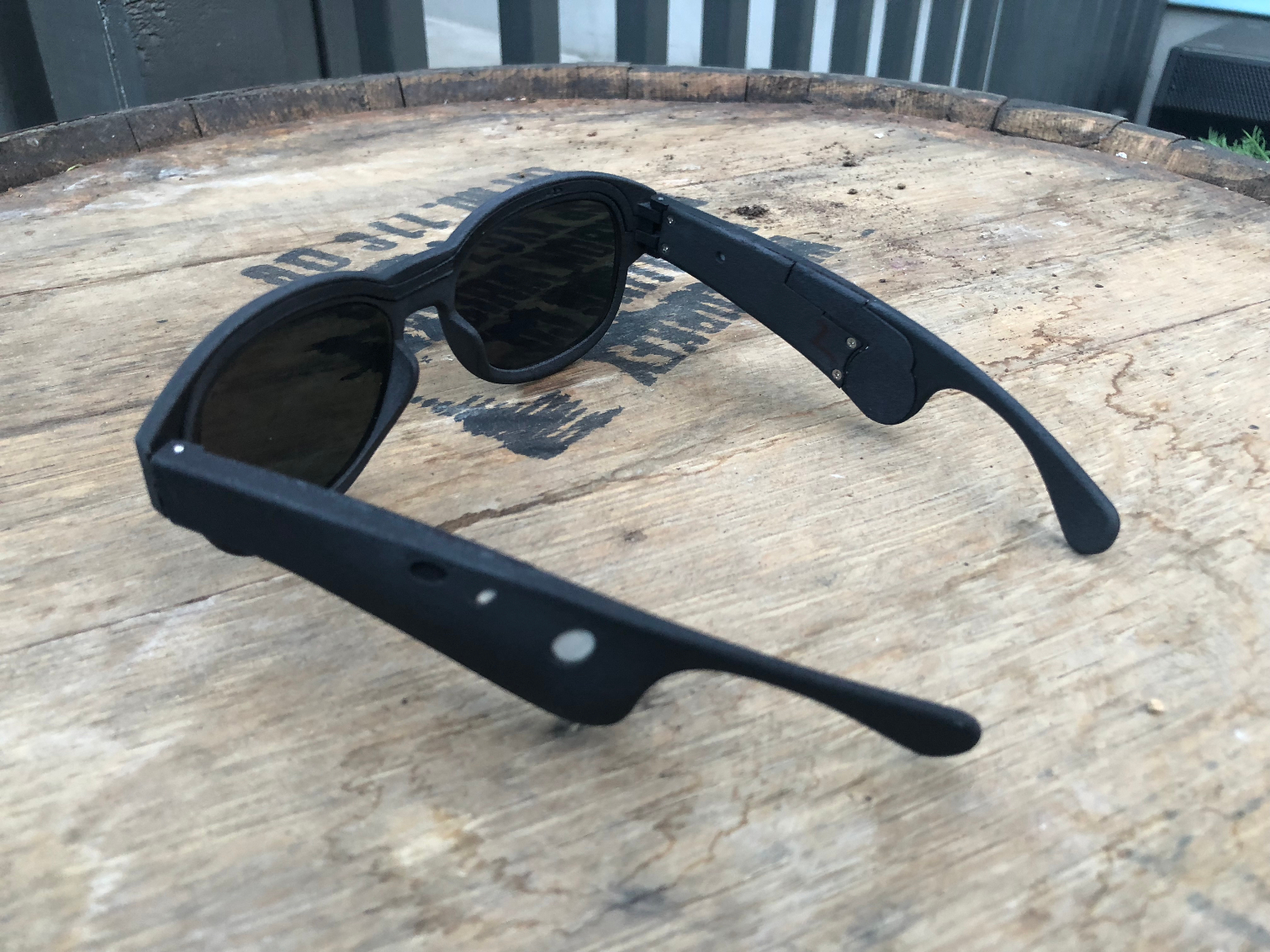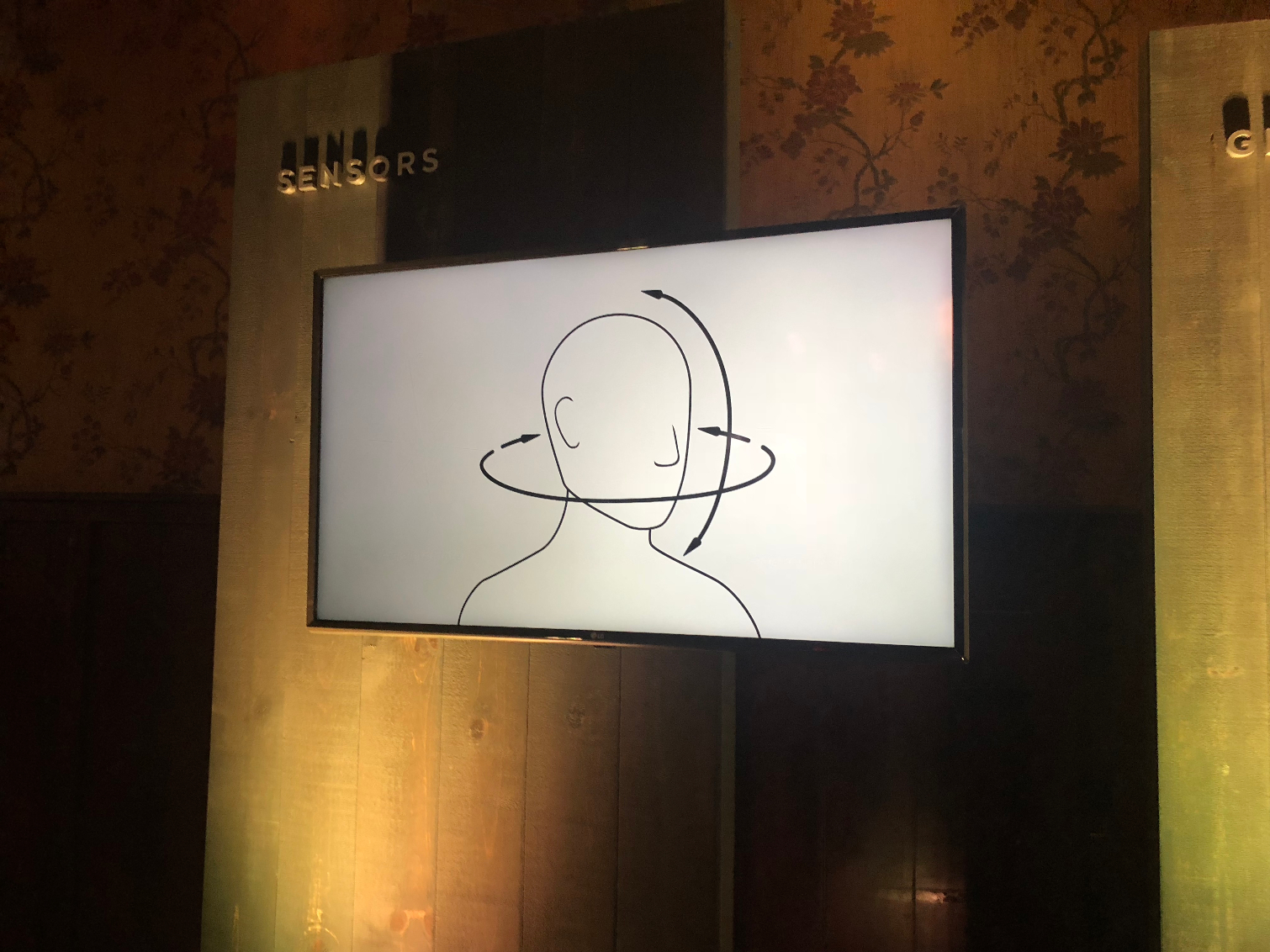Bose's AR Glasses Finally Make Augmented Reality Cool
Bose's mind-blowing AR glasses can play you music and show you around town -- and they look cool, to boot.
AUSTIN, TX — I'm a fish out of water here in Austin for SXSW, but Bose AR sunglasses made me feel right at home.
As I walked up and down Rainey St., a simple double-tap on the sides of the specs generated a friendly voice, telling me about how I'll want to grab sausages from one bar, and how another has an excellent beer garden.
Yes, unlike traditional augmented reality (AR) technology, Bose AR enriches experiences with audio instead of visuals. So not only is your field of vision clear, but the sound is ambient, and sits well with music playing from the specs.
Of course, since this is Bose we're talking about, that music sounds fantastic. In particular, Amy Winehouse's cover of "Valerie" came through perfectly, as the bass hit with a firmness and Amy's vocals sounded buttery-smooth.

Amazingly, though, the Bose AR concept prototype I used for this demo works without actual headphones in your ears. Instead, the speakers (which are in the middle of each arm) use variable-length dipole technology to project the music and AR vocals at you, so you enjoy a private experience.
The one caveat of my experience was that the headphones I was using were recently-made 3D-printed models not designed to be used in the super-loud section of Austin where I tested them. This meant I had to cup my hands around my ears in order to hear the information it gave me.
The Bose AR glasses, which are set to launch this summer at a to-be-announced price, will debut alongside a software developers kit (SDK) so that app-makers can create for Bose AR hardware. Early partners for this platform include TripAdvisor, Yelp and TuneIn.

Unlike Snap's Spectacles and Google Glass, Bose AR actually look cool. Their simple design looks like a normal pair of sunglasses, so you won't worry about feeling like a doofus when wearing them in public.
The specs I wore aren't heavy on technology, either, with the only sensors inside being an accelerometer, a gyroscope and a magnometer. This means no camera, so nobody should worry about having photos surreptitiously snapped.
So, how can it tell what you're looking at? They use the GPS in your phone to place you, and then the other sensors inside the hardware are used to pinpoint your field of view.
Controlling the Bose AR glasses is super simple, as you nod your head to say yes and shake your head to say no. This comes in handy when you're getting phone calls, so you can accept or decline. A microphone in the right temple will allow you to take calls with the glasses.
Bose AR also uses movement detection when you're selecting from a series of items. Santiago Carvajal, director of consumer electronics research, strategy and vision, explained that since the Bose AR feature GPS, they can understand where you are, and prompt you with playlist suggestions if you often listen to music at that location.

Carvajal then explained a hypothetical situation of someone entering the office, where they often listen to music while they work. Bose AR would then allow you to rotate your head sideways to hear samples of five playlists, and then nod when you've found the right one.
And while glasses are a great way to place Bose AR in hardware, Carvajal told me that Bose is working to get its AR platform into headphones, and is working with cycling helmet manufacturers as well. At the end of the day, Bose wants this to be a platform for creators and developers, and from this vantage, it looks like the company has a chance to redefine what AR means.
Credit: Tom's Guide
Sign up to get the BEST of Tom's Guide direct to your inbox.
Get instant access to breaking news, the hottest reviews, great deals and helpful tips.

Henry is a managing editor at Tom’s Guide covering streaming media, laptops and all things Apple, reviewing devices and services for the past seven years. Prior to joining Tom's Guide, he reviewed software and hardware for TechRadar Pro, and interviewed artists for Patek Philippe International Magazine. He's also covered the wild world of professional wrestling for Cageside Seats, interviewing athletes and other industry veterans.
